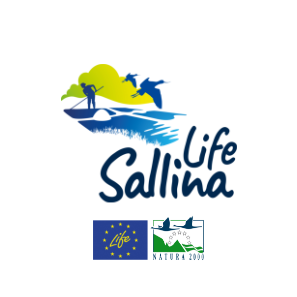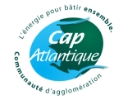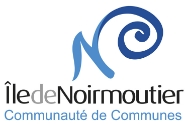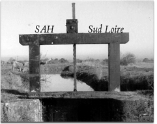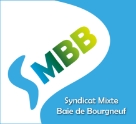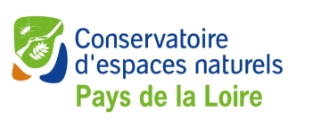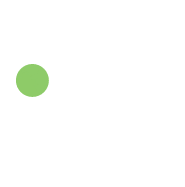After the spring and summer break, restoration work has resumed since mid-August on the pilot sites of LIFE Sallina. On the program this year: restoration of 5 new sites (Careil-Mouzac, Nord-Est Saillé and Sissable in Guérande, Lany-Moulin à eau and La Duchesse in Mesquer) and resumption of work not completed in winter due to weather conditions on 3 pilot sites (marais de Rostu in Mesquer, salines de La Croix et La Julienne and vasière de Quifistre in Saint-Molf). The purpose of this restoration work is to restore the hydraulic of the sites, create nesting islets for the Avocet and other nesting birds, fight against Baccharis and reopen the vegetation on the bank.
The restoration of the belt ditches of the salt marshes is one of the flagship actions of LIFE Sallina. These ditches are used to collect and evacuate rainwater (and therefore freshwater!) towards the stalls so as not to interfere with the production of salt. Two ditches will be rehabilitated this fall on the Mès basin on the marshes of the La Duchesse in Mesquer and Le Minguen in Saint-Molf. On the Guérande basin, the restoration works will be carried out on “le marais du Roi” in Batz-sur-Mer and “La Croix de Mouzac” in Guérande. This work, which will involve more than a kilometer of ditches, will not only improve the hydraulic functioning of the marsh but also create natural habitats favorable to certain species typical of belt ditches in good state of conservation: amphibians, dragonflies, etc.
Two interpretation panels were installed in August 2020 in the observatory of Kervarin in Mesquer. The first presents the site of the Rostu marshes and the management method for the properties of the Conservatoire du Littoral. The second illustrates the life of the marsh over the months with a chronological timeline that evokes both the natural cycles (bird migration, flowering etc.) and those of present professional activities, mainly salt production and oyster farming. These panels can be used as educational support during the visits carried out by the CPIE Loire Océane for Cap Atlantique.


